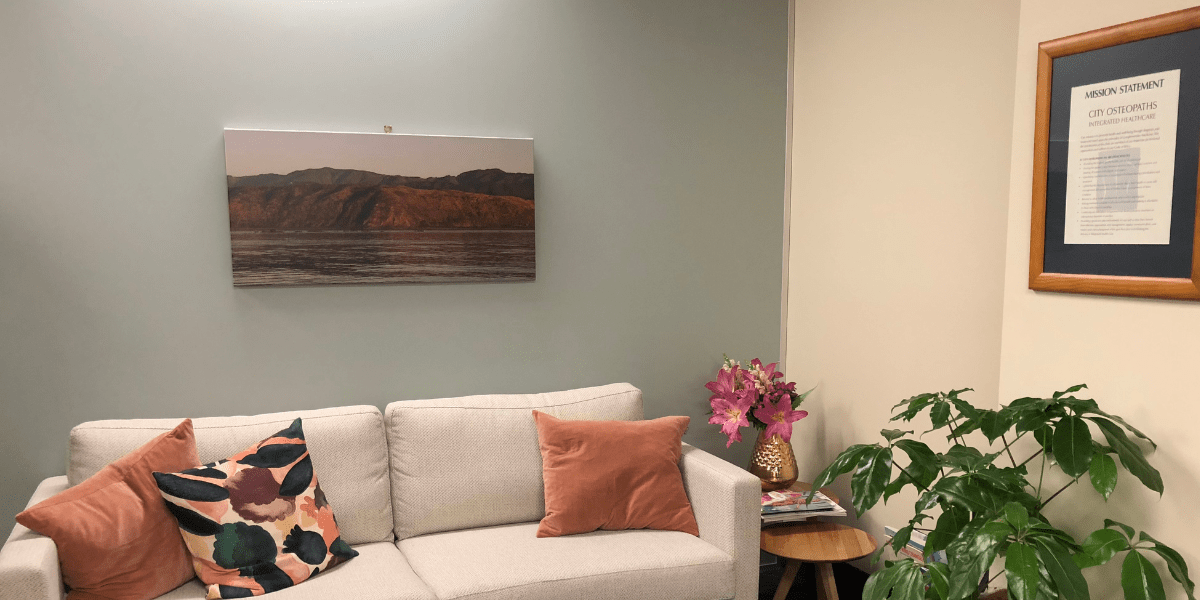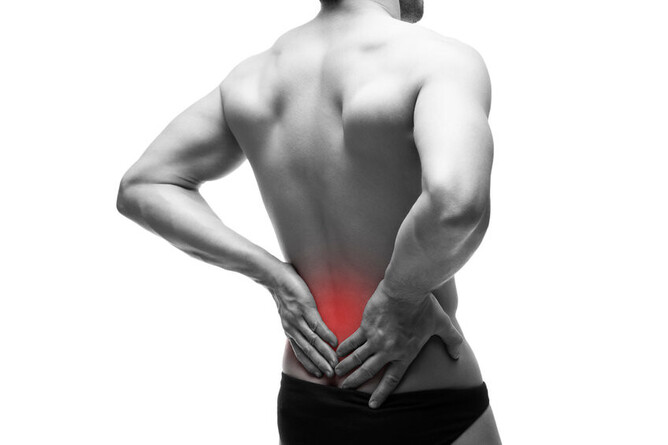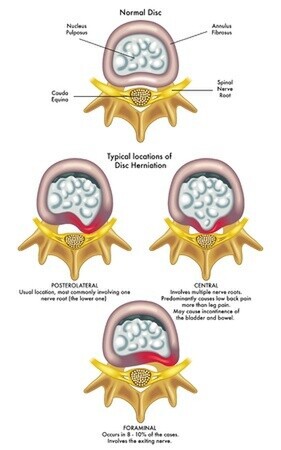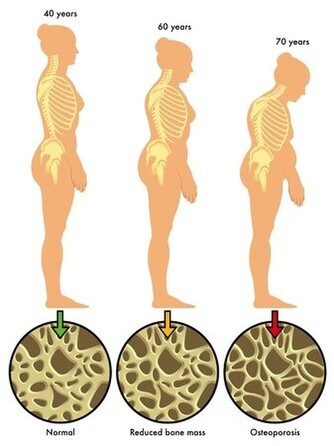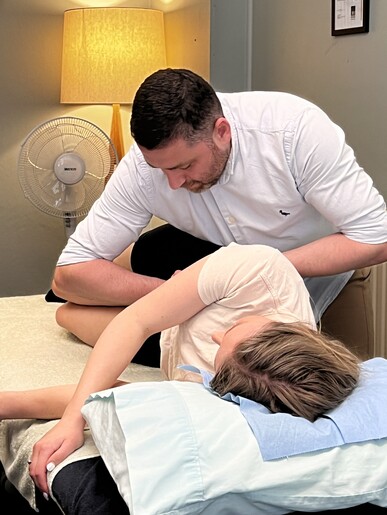How do I get relief from back pain quickly in Wellington?
1. Muscle or Ligament Strain
Muscle or ligament strain is one of the most common causes of back pain. It can occur from overexertion, such as heavy lifting, or from sudden, awkward movements that overstretch or tear the muscles. Poor posture over time also contributes to chronic back and spine pain, particularly when it leads to muscle imbalances. This type of back pain usually resolves quickly with skilled osteopathic hands-on treatment and the right exercises to improve posture and strengthen your tissues.
2. Herniated or Bulging Discs
Herniated or bulging discs occur when the 'toothpaste consistency' material inside spinal discs, pushes out through the protective disc layers and presses on nearby nerves. This can be caused by picking up something heavy while in a flexed forward and rotated posture. Proper lifting technique will help avoid this injury. A herniated or bulging disc can cause sharp back pain that radiates to other areas, such as the legs, even down to your foot. As discs degenerate with age, they become more prone to injury and displacement.
Pain from herniated discs can range from mild to severe, depending on the extent of nerve compression. Mild to moderate disc bulges can usually be relieved with osteopathic treatment and the right exercises, so it is worth seeing a skilled osteopath and/or acupuncturist before you consider back surgery.
3. Spinal Stenosis
Spinal stenosis involves the narrowing of the spinal canal, putting pressure on the spinal cord and nerves. This condition often results in chronic back pain, tingling, and weakness in the limbs. It’s more common among older adults and is usually caused by age-related changes in the spine, such as thickened ligaments or bone spurs. Over time, spinal stenosis can lead to significant discomfort and mobility issues. In cases of severe stenosis an orthopaedic surgeon may need to operate in order for you to experience relief. A good reason to look after your back from a younger age and focus on keeping moving!
4. Osteoarthritis
Osteoarthritis in the spine occurs as the cartilage in the joints becomes damaged due to inflammation, obesity, injury and/or lack of spinal movement. The cartilage can become thinner and over time, lead to bone-on-bone contact and inflammation. This degeneration can cause persistent back pain and stiffness, especially in the lower back. As the condition progresses, bone spurs may develop, further compressing nerves and increasing pain in the spine. Osteoarthritis is common in older adults but can affect younger individuals as well. Gentle cranial and biodynamic osteopathic treatment can safely decompress your spine and reduce discomfort quickly.
5. Sciatica
Sciatica is characterised by pain that radiates along the path of the sciatic nerve, which runs from the lower back through the hips and down the legs to the feet. This type of back pain is usually caused by compression of the sciatic nerve, often due to a herniated disc or bone spur in the lowest two lumbar vertebrae called L4 and L5. Sciatica is usually one sided and can lead to sharp, burning spine pain, numbness, and weakness in the affected leg. Proper diagnosis and osteopathic hands-on treatment are essential to managing sciatica effectively.
6. Scoliosis or Spinal Deformities
Spinal deformities, such as scoliosis, cause an abnormal curvature of the spine, leading to uneven pressure on muscles, joints, and discs. Over time, this imbalance can result in chronic back pain, reduced mobility and organ problems with digestion or breathing freely.
Occasionally people are born with scoliosis. More commonly scoliosis can develop in adolescence, it can also develop later in life due to degeneration of the spine and osteoporotic fractures of the spine. In severe cases, scoliosis may require bracing or surgery to prevent worsening of the spinal curvature and pain. Osteopathic hands-on treatment plus specific exercises done daily, can effectively ease many types of scoliotic curvature and pain.
7. Osteoporosis
Osteoporosis weakens the internal support structure of bones, making them more susceptible to fractures, including in the spine. Vertebral fractures can lead to sudden, severe back pain, often from minimal trauma or even everyday activities. As osteoporosis progresses, it can cause a stooped posture and chronic pain in the spine.
Women are more vulnerable to bone loss due to the hormonal changes which occur with menopause. Preventative care, such as all women having a bone density check at age 50, maintaining bone density through healthy diet, appropriate regular exercise, managing stress and potentially adding in hormone replacement therapy, are all key ways of reducing the risk of spine pain due to osteoporosis.
8. Infections
Uncommon causes of back pain include infections in the spine, such as osteomyelitis or discitis. These can cause intense, localised back pain along with fever and other systemic symptoms. These infections may arise from bacteria or viruses, sometimes spreading from other parts of the body. In rare cases, tuberculosis can infect the spine, known as Pott’s disease. Spinal infections are serious and require prompt medical treatment in hospital to prevent long-term damage and spine pain.
9. Inflammatory Conditions
Ankylosing spondylitis, is a genetic inflammatory condition, which can cause persistent inflammation of the spinal joints, leading to stiffness, pain, and eventually boney fusion of the spine. Rheumatoid arthritis can also affect the spine, leading to chronic pain and joint degeneration. These autoimmune conditions require close attention to gut health and long-term management, as they can cause significant and ongoing spine pain.
10. Nerve-Related Causes
Pinched or compressed nerves in the spine can cause sharp, shooting back pain or leg pain. Nerve compression can result from herniated discs, spinal stenosis, or inflammation. In some cases, nerve-related back pain may also cause numbness, tingling, or weakness in the limbs. Proper diagnosis and osteopathic treatment, often involving decompression techniques such as hanging to allow gravity to assist, can help alleviate nerve-induced spine pain.
11. Injuries and Trauma
Back injuries, including those from sports, car accidents, or falls, can lead to acute back pain or long-term issues. Whiplash, for example, can result in lasting pain and inflammatory stiffness in the neck. Trauma can damage muscles, ligaments, or even the vertebrae, leading to significant spine pain that requires treatment and rehabilitation. Prompt Osteopathic hands-on treatment can rapidly improve how you feel and reduce the risk of chronic pain developing after an injury.
12. Fibromyalgia
Fibromyalgia is a chronic condition characterised by widespread pain, including back pain, often accompanied by fatigue, sleep issues, and sensitivity to touch. While the exact cause is unclear, fibromyalgia affects how the brain processes pain signals, leading to heightened pain sensitivity. Spine pain in fibromyalgia patients is often persistent and can significantly impact daily life, requiring a multi-faceted treatment approach with osteopathic treatment, massage therapy, psychotherapy and nutritional approaches.
13. Cancer or Tumours
Cancer that has spread to the spine or primary spinal tumours can cause severe back pain, especially if they compress nerves or weaken the vertebrae. Metastatic cancer, such as breast or prostate cancer, often spreads to the spine, causing persistent, localised spine pain. Timely medical intervention is crucial in managing pain and preventing further complications. Reg Osteopaths are trained to diagnose when the pain in your back could be caused by a tumour and refer promptly and appropriately.
14. Kidney Issues
Kidney problems, such as kidney stones or infections, can cause referred back pain that is often felt in the lower back or flank area. This type of back pain is distinct from spine pain, as it originates in the kidneys rather than the muscles or joints. However, the pain can be severe and may require medical treatment to resolve the underlying kidney issue.
15. Pregnancy
Pregnancy can lead to back pain due to weight changes, altered posture, and hormonal shifts that relax the ligaments in the pelvis. As the body adapts to accommodate the growing baby, the added pressure on the spine can cause discomfort, particularly in the lower back. Spine pain during pregnancy can be managed with gentle exercise, proper posture, and osteopathic treatment. See Osteopathic treatment for back pain in pregnancy research here.
16. Psychological Factors
Stress, anxiety, and depression can contribute to back pain by causing muscle tension and altering the way pain signals are processed in the brain. Psychosomatic back pain is real and can be just as debilitating as pain caused by physical issues. Addressing mental health through relaxation techniques and therapy can often help alleviate chronic back or spine pain linked to psychological factors.
This article written by Dr Melanie Young Reg Osteopath, provides a detailed look at the diverse causes of back and spine pain, making it easier to understand the often complex root of the problem and helping patients seek the appropriate treatment quickly, to reduce unnecessary suffering.
To find more about the author Melanie, click here
